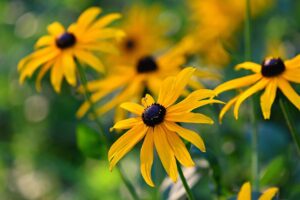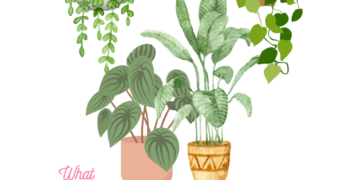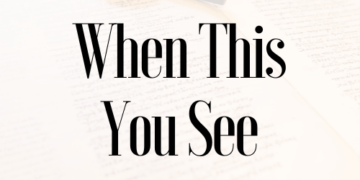I am writing this article after a fun afternoon in the snowy mountains of Shenandoah National Park with some good friends. It seems strange to think spring is nearly here, despite the fact that most of the winter has been considerably less snow-filled. While it’s still mostly too early to do a lot of planting in your garden, perhaps it is an optimal time to consider turning part of it into a pollinator garden.
What is a pollinator garden, you may be asking? Simply an intentional garden filled with plants (mostly of the flowering variety) that attract pollinators of all types. You are, I am sure, familiar with some of the more common pollinators in our area: butterflies, bees, and birds. Were you aware that bats, beetles, and ants are pollinators too? Having plants that attract multiple species is beneficial for both your garden and the world.
One way to start your research into making one of these gardens a reality, is to research what native plants are available for your area. Last month I wrote about the importance of native plants, and will reiterate that the more native plants you have in your garden, the more native pollinators you will attract. There are many places to find information about native plants in your area, but I recommend plantvirginianatives.com as a good place to start. It has a plethora of information about what plants grow where, how to obtain them, and why it is important to feature them in your gardens. The plant nursery list found on the Virginia Native Plant Society’s website is also helpful and lists many places to find these plants.

You may be wondering why pollinator gardens are something even worth considering when there are hundreds of beautiful flowers and plants to choose from. It is most likely not news to hear that the bee population has been dropping at an alarming rate within the past decade. While there are many factors tied into this, one of them is the lack of habitat and plants to fly to for pollen which then can turn to honey to provide for their hives.
Providing the little yellow and black beauties ample landing zones for them to wiggle into ensures that bee populations rise rather than continue to decline. Several plants are unable to reproduce without being pollinated, and several larger predators depend on the smaller pollinators both for their hard work spreading plants across the landscape, and for the meals that they themselves provide. When you strengthen one part of the food web, the rest of the web benefits as well.
While you plan your 2024 gardens with a sense of longing for warmer weather, consider throwing some native pollinator-approved plants into the mix. Their beautiful colors, easy maintenance and ability to attract pollinators are three easy reasons why it is certainly worth your time and energy to try. Happy planning!
































